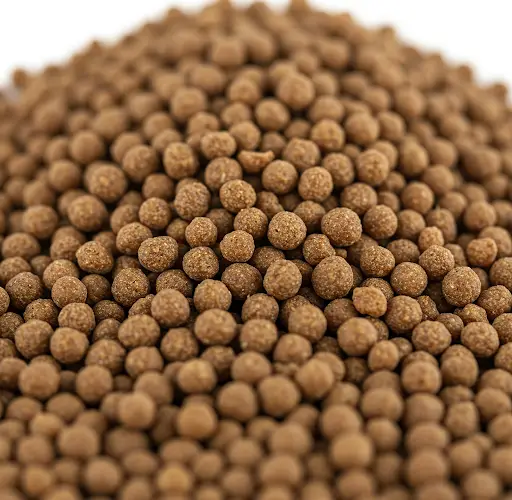1 Drop of This – Thick, Strong Seedlings Without Stretching!
If your seedlings are growing strong and healthy on the windowsill but the transplanting time is still far off, using special growth regulators can prevent stretching and ensure steady, robust growth. In this guide, we will discuss effective regulators that help seedlings develop thick stems and a stable structure.
Growth Regulators for Thick, Healthy Seedlings
One of the best-known products for this purpose is Athlete. This regulator distributes nutrients efficiently, directing them towards the development of the root system. As a result, vertical growth slows down, while the width of the leaves increases significantly. After spraying with Athlete, seedlings develop much thicker and sturdier stems, preventing them from becoming weak or spindly.
Another excellent growth regulator is Krepen’. This product stimulates root growth while preventing excessive leaf and stem elongation. Regular use ensures that seedlings grow into strong plants with well-developed, stocky stems.
To achieve the best results, apply Krepen’ every 5-7 days as needed. Consistency is key to maintaining healthy seedlings that do not stretch prematurely.
The third effective growth regulator is Korenastyy. This product is highly effective for all types of vegetable seedlings. After its application, seedlings will not stretch excessively; instead, they will slow down their vertical growth and concentrate their energy on developing a robust root system. For optimal results, Korenastyy should be applied three times throughout the entire vegetative stage of seedling development.
Avoiding Common Mistakes That Harm Seedlings
While using growth regulators can greatly improve seedling development, it is equally important to avoid common gardening mistakes that can negatively impact plant health.
One of the most critical mistakes gardeners make is applying fertilizers to dry soil. When fertilizer is introduced to dry soil, the plant’s roots can suffer significant burns, leading to severe damage or even plant death. Always ensure that the soil is adequately moist before applying any type of fertilizer or growth stimulant.
Another major error is watering and fertilizing plants in direct sunlight. When water or liquid fertilizers are applied under strong sunlight, the risk of overheating increases dramatically. Plants exposed to this condition can suffer from heat stress, leading to dehydration and even plant failure.
Proper Application for Best Results
To avoid plant stress and maximize the effectiveness of growth regulators, follow these guidelines:
- Water the soil lightly before applying any regulator or fertilizer. This will protect the roots from potential burns.
- Apply fertilizers and regulators during cooler parts of the day, such as early morning or late afternoon. This reduces the risk of heat stress.
- Stick to recommended dosages. Over-fertilizing can cause seedlings to stretch excessively or even lead to plant death.
- Maintain a steady fertilization schedule. Seedlings are highly sensitive to sudden changes in nutrient availability. Following a consistent routine ensures optimal growth.
A Natural Alternative to Growth Regulators
If you prefer an organic approach, you can use a simple, natural trick to keep your seedlings compact and strong. A small amount of roasted wheat flour can be added to the soil before planting. This inexpensive and chemical-free method provides essential microelements that promote strong root development and healthy, thick stems.
To prepare this natural booster:
- Lightly roast one tablespoon of wheat flour in a dry pan until it turns golden brown.
- Sprinkle a few pinches of the roasted flour into the soil before transplanting seedlings.
- Mix it well into the soil to ensure even distribution.
The roasting process releases essential minerals that enhance plant growth, helping seedlings grow strong and healthy without stretching.
Conclusion
Preventing seedlings from stretching is crucial to ensuring a strong and productive harvest. By using growth regulators like Athlete, Krepen’, and Korenastyy—or opting for natural alternatives such as roasted wheat flour—you can cultivate thick, robust seedlings ready for transplantation. Additionally, avoiding common mistakes such as fertilizing dry soil or applying nutrients under direct sunlight will help maintain plant health and maximize yields.
By following these simple yet effective tips, your seedlings will grow sturdy and resilient, ready to reward you with a bountiful harvest at the end of the season!



